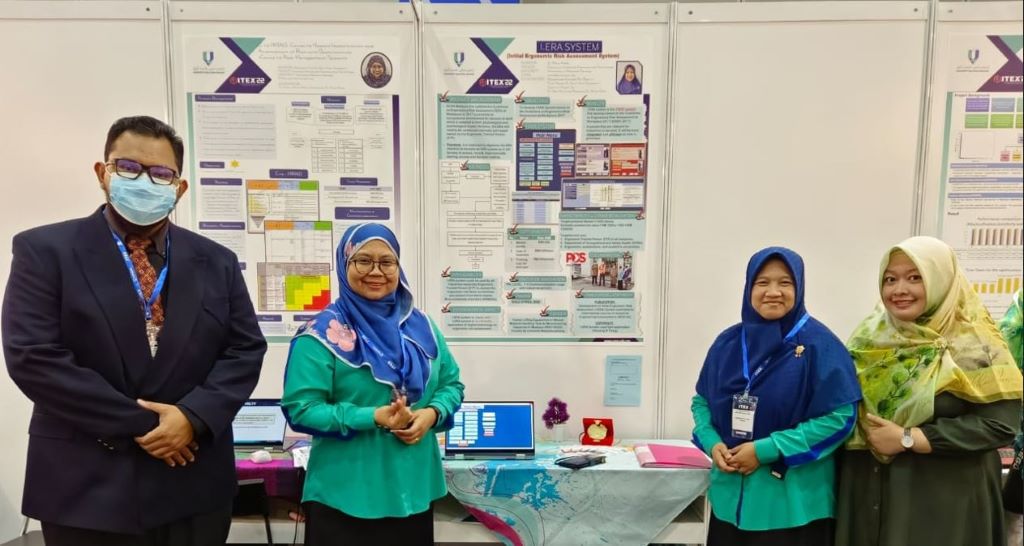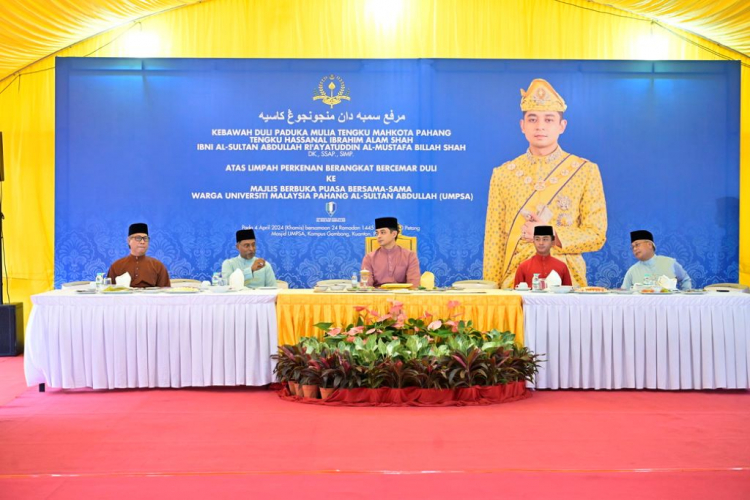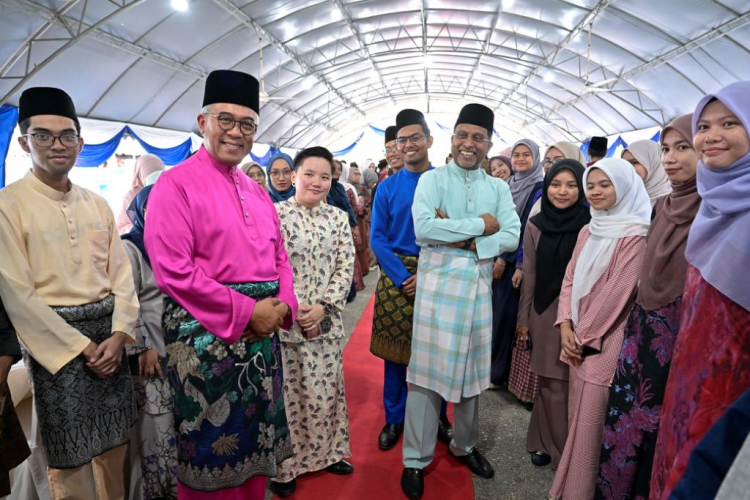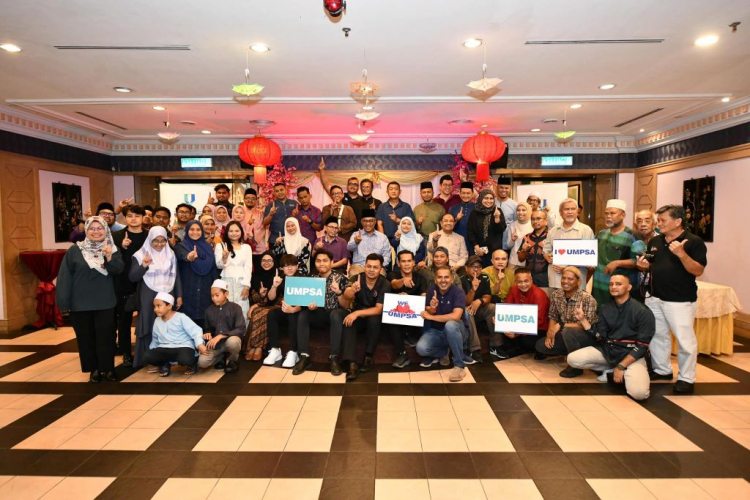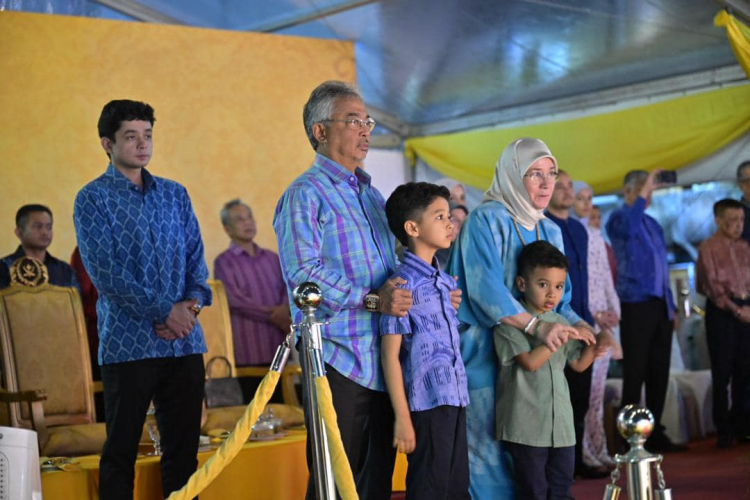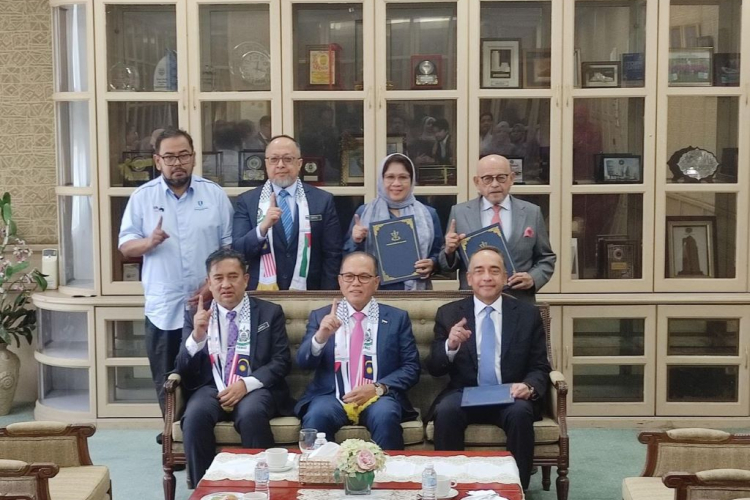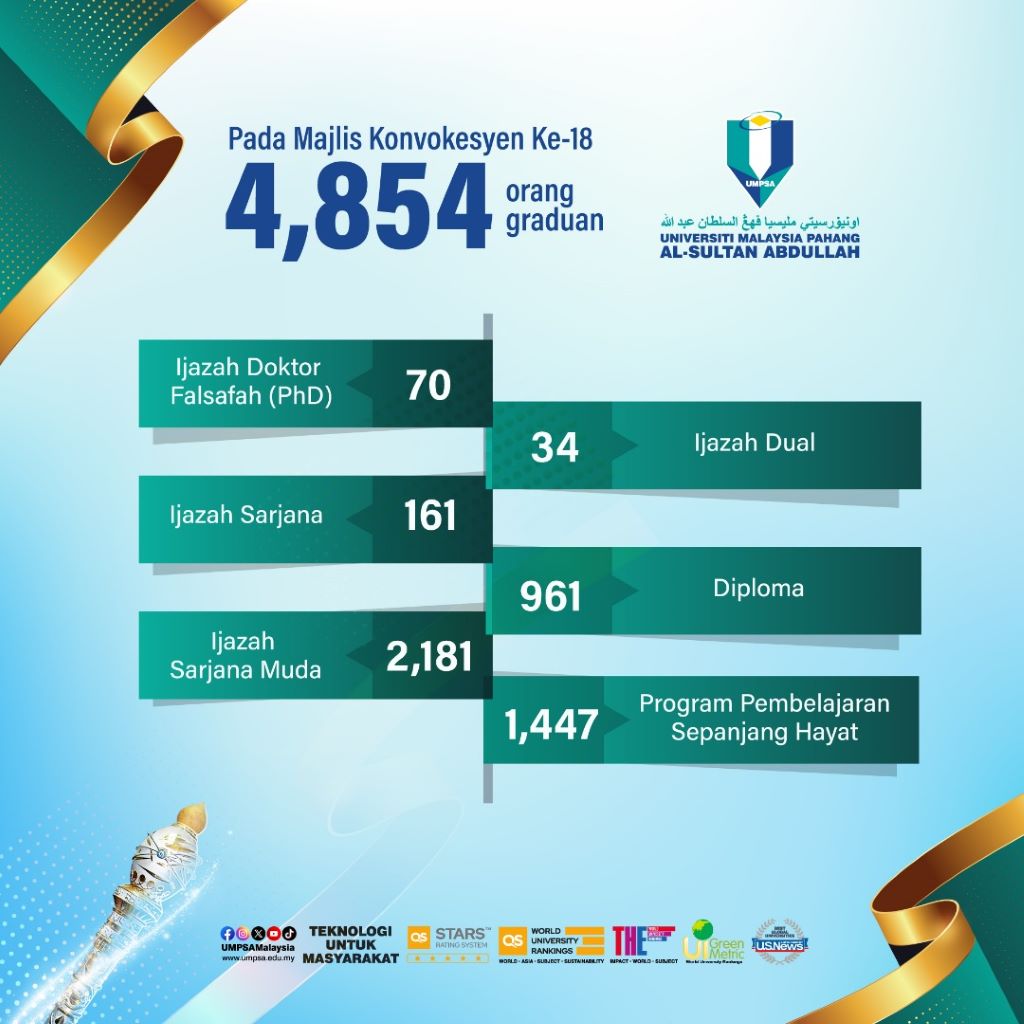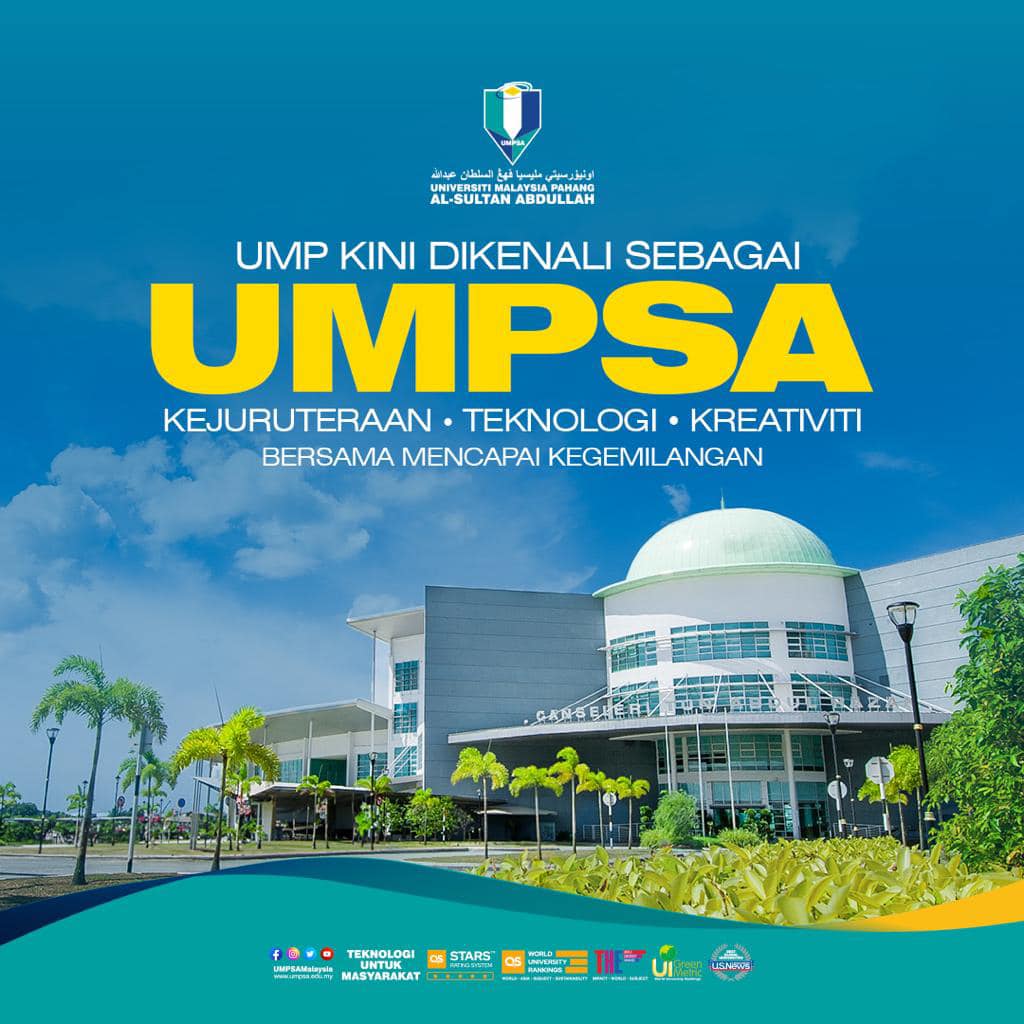Dr. Mirta Widia Enhances Ergonomic Risk Assessment Efficiency through the I-ERA System
PEKAN, 1 September 2023 - Every day, there is an increase in occupational diseases recorded by the Social Security Organization (SOCSO) in Malaysia.
One particular occupational disease that has garnered attention is work-related musculoskeletal disorders (MSDs).
However, there are limitations and weaknesses observed in the field of workplace ergonomics management that contribute to the prevalence of MSDs worldwide.
These limitations range from identifying ergonomic risk factors to implementing workplace interventions to control these risks.
Experts believe that early intervention can curb the occurrence of MSDs. Unfortunately, ergonomic management is still less effective and is handled either manually or through hybrid approaches (a combination of manual and semi-quantitative methods).
Early interventions are often not successfully implemented.
In accordance with the Guidelines for Ergonomic Risk Assessment in the Workplace (2017) published by the Department of Occupational Safety and Health (DOSH), Malaysia, ergonomic risk assessment is a necessity in workplaces at risk and should be conducted by Ergonomically Trained Persons (ETPs) recognized by DOSH, Malaysia.
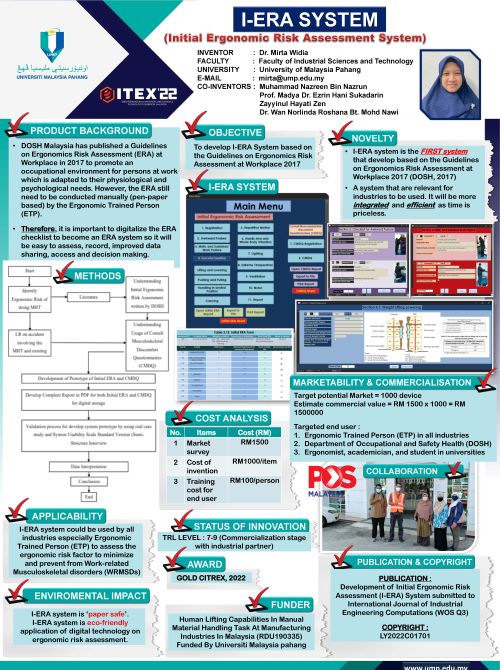
To enhance the efficiency of ergonomic risk assessments conducted manually or through hybrid methods by ETPs, Dr. Mirta Widia, a lecturer at the Faculty of Industrial Science and Technology (FSTI), Universiti Malaysia Pahang Al-Sultan Abdullah (UMPSA), has developed a digital system known as the I-ERA System, which serves as an ergonomic risk assessment checklist.
The research also received contributions from FSTI lecturers Assoc. Prof. Dr. Ezrin Hani Sukadarin (currently attached to Universiti Tun Hussein Onn Malaysia) and Dr. Wan Norlinda Roshana Mohd Nawi, as well as FSTI’s Doctor of Philosophy (PhD) student Zayyinul Hayati Zen and Master’s student Muhammad Nazreen Nazrun.
According to Dr. Mirta Widia, who hails from Jakarta, Indonesia, users or ETPs only need to utilize the user-friendly system interface.
"The information entered by users will be converted into analysable data, allowing the assessed ergonomic risk level to be displayed.
"The information displayed represents a conclusion on the ergonomic risk assessment.
"The accuracy of the assessment depends on the accuracy of the entered information," she said.
Therefore, it is crucial that individuals responsible for conducting ergonomic assessments are trained individuals and preferably recognized ETPs.
"The ERA Guidelines were developed in 2017 by the Department of Occupational Safety and Health (DOSH) Malaysia to promote a safe working environment that is in line with physiological and psychological requirements.
"Additionally, manually gathering and analysing data results in time loss, especially when involving multiple parties.
"The increasing amount of data and the addition of new data make ERA data challenging to manage, particularly in terms of searching for and extracting data when needed," she explained.
Hence, she stated that digitizing the ERA checklist makes the ERA system more systematic for accessing, recording, assessing, decision-making, and improving data sharing.
"This research can enhance the efficiency of ergonomic risk assessments in all ergonomic-related industrial sectors.
"Moreover, it will facilitate users or ETPs and provide a platform for digital access in the IR 4.0.
"It also meets the requirements of the Occupational Safety and Health Act 1994, which requires ERA records to be retained for a specific period (30 years) by the industries involved," she said.
"The ERA system data is also more systematic, with secure data access.
"This can only be accessed according to management requirements from the perspective of safety and data integrity within the ERA database.
"For now, the system is in the process of upgrading from a desktop application to a web-based application," she added.
This research was fully funded by UMP through Internal Grant: RDU 190335 and received cooperation from Pos Malaysia Berhad and Nextgreen Pulp & Paper Sdn. Bhd.
She mentioned that the system is available at a price of RM1,000.
"It will be improved and expanded to encompass various types of factors and not limited to industries only but also activities involving ergonomic risk assessments for communities," she concluded.
This research also received a gold medal in the 12th Creation, Innovation, Technology and Research Exposition (CITREX) 2022 and the 31st International Invention, Innovation, and Technology Exhibition (ITEX) 2022.
By: Nur Hartini Mohd Hatta, Centre for Corporate Communications, Chancellery Department
Translation by: Aminatul Nor Mohamed Said, UMP Career Centre (UMPCC)


